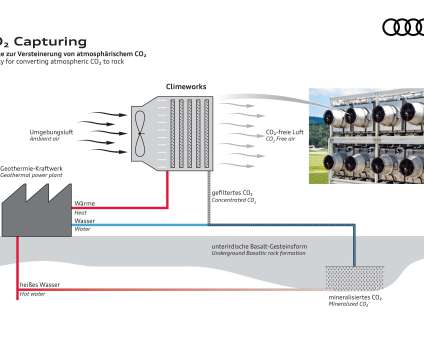BMW outlines iFACTORY production strategy; transformation to e-mobility; Plant Debrecen first CO2-free plant
Green Car Congress
MAY 1, 2022
By 2030 we aim to reduce CO2 emissions from production by 80 percent compared to 2019, — Milan Nedeljkovi?. Metal offcuts and filings from milling, for example, will be recycled and reused, while waste heat from cooling will be fed into a circuit to heat indoor spaces and water.












Let's personalize your content